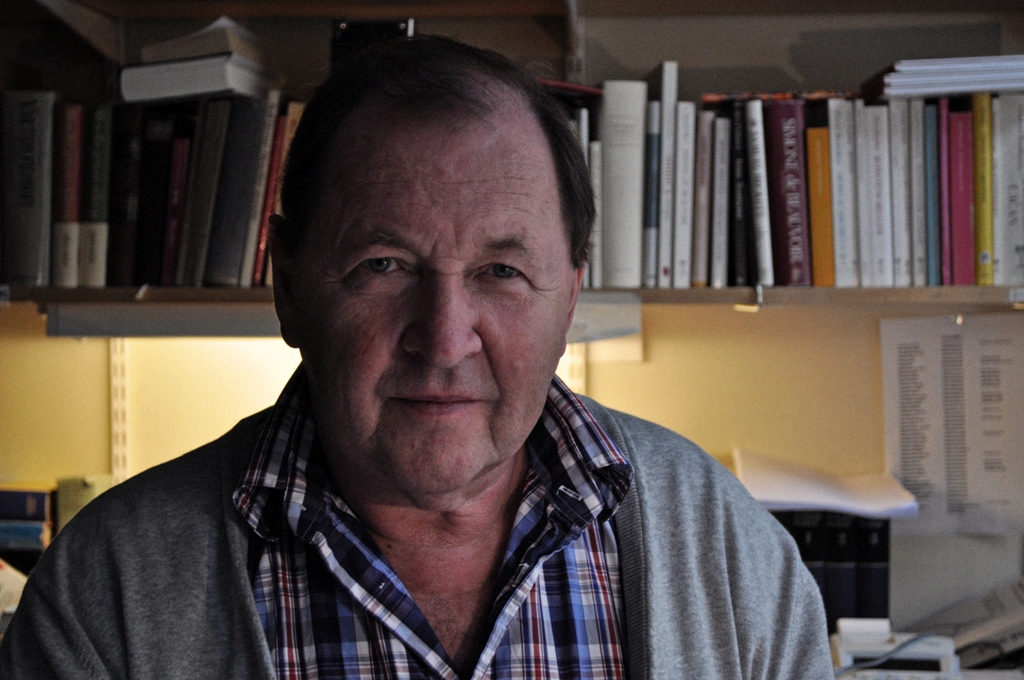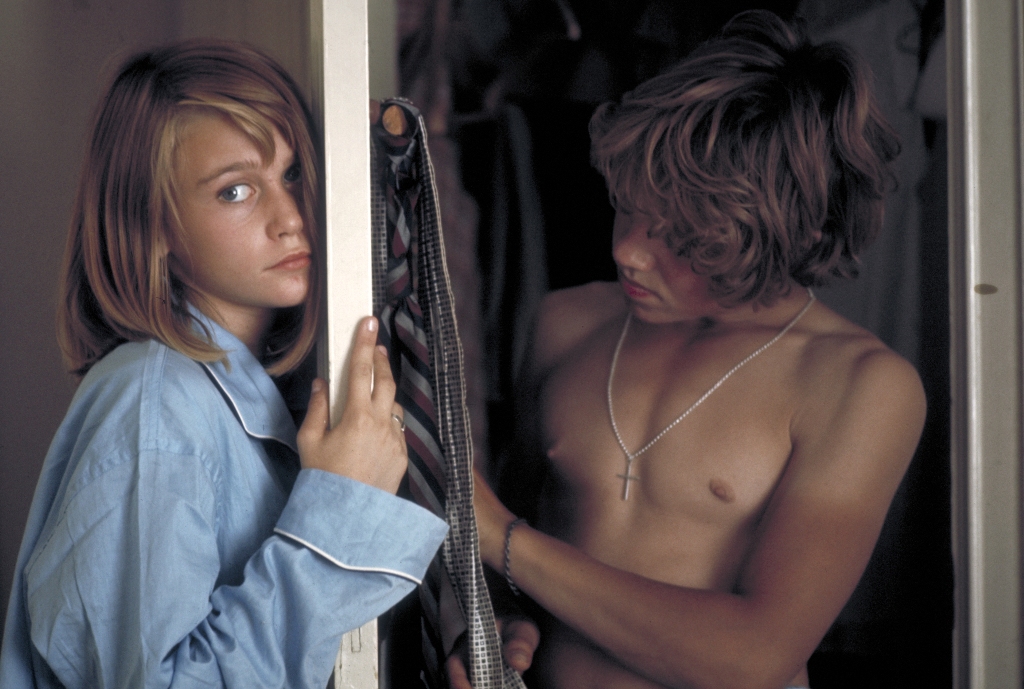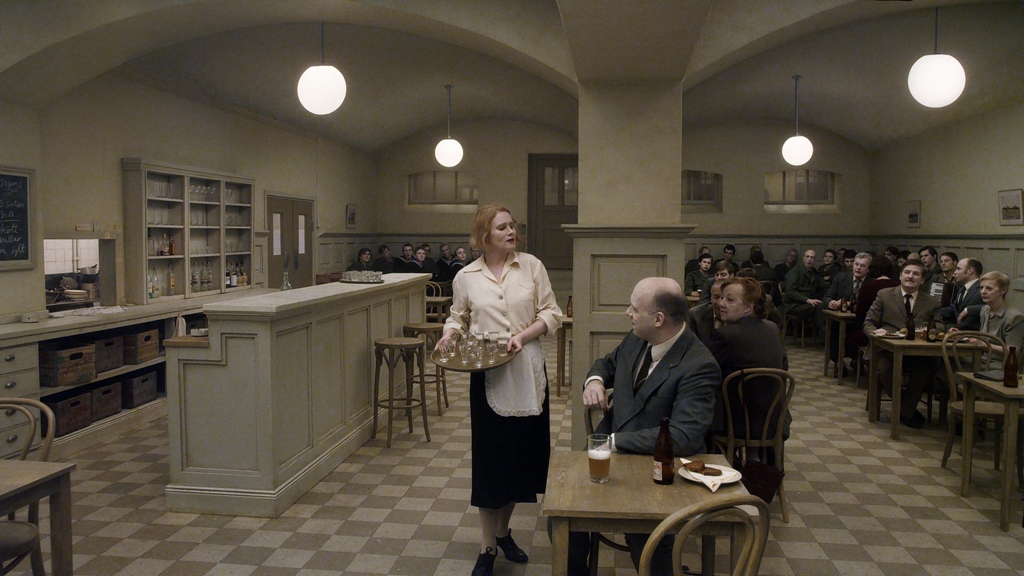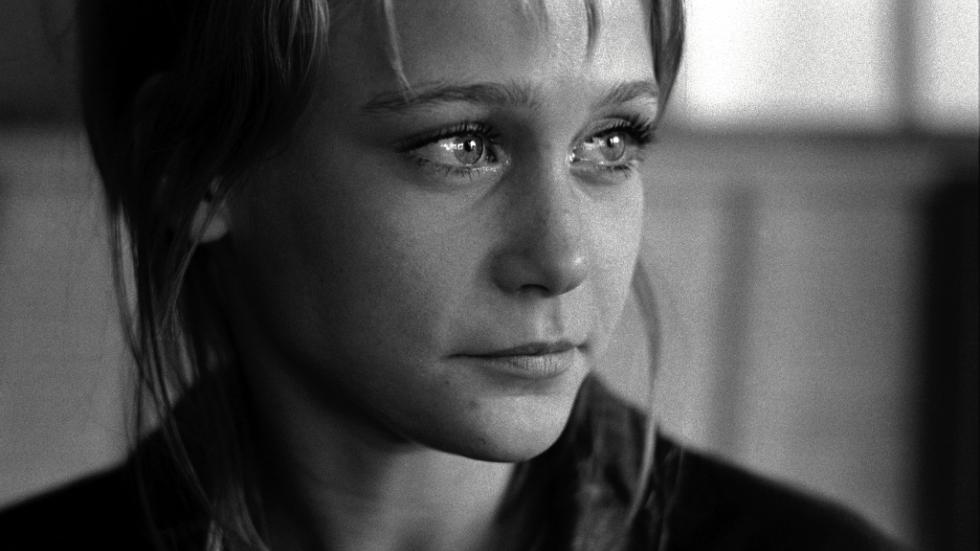His cinema disconcerts and hypnotizes, it makes you think and forces you to roar with laughter. He made his debut with a box office hit and went under with his second film. He spent 25 years shooting commercials and, at the same time, polishing the style with which he would come back to cinema. His latest feature film, “A Pigeon Sat on a Branch Reflecting on Existence” won the Golden Lion at Venice and the European Film Academy’s Award for Best Comedy. Now, the #15FestivalSevilla presents a large part of his work in a well-deserved tribute.
“The human being is absurd, stupid, miserable. And, at the same time, marvellous”. Roy Andersson (Göteborg, 1943) repeats it like a mantra in a thousand and one interviews, now transformed, perhaps despite himself, into one of the sharpest observers and dissectors of the reality that surrounds him, us. He has been filming for five decades, although he has only made five feature films, one medium length film and a handful of short films. And, of course, over 300 commercials, his real testing ground, the framework in which he created and perfected an unmistakable, unusual, hypnotic style. The career of this filmmaker, perhaps the most important in his country after the inevitable Ingmar Bergman, has not followed the more traditional lines: he enjoyed the sweet taste of success and the blow of failure very early on, without interruption: he took refuge in commercials, there he found the light, and ended up being an unexpected audiovisual philosopher.

© Studio 24
Photo: Studio 24
This year, the Seville Festival pays tribute to Andersson with a panoramic view of his work: we will screen “A Swedish Love Story” (1970), his luminous first film which was a success with both the public and critics and, at the same time, his curse, when neither forgave him for stepping off the road with his second film, “Giliap” (1975), a resounding failure that removed him from producers’ diaries. We will also be showing a couple of earlier works, the short film “To Fetch a Bike” (1968) and the medium length film “Lördagen den 5.10” (1969) and another later short film “World of Glory” (1992). And, of course, his hilarious, and bitter Trilogy of Life, consisting of “Songs from the Second Floor” (2000), “You, the Living” (2007) and “A Pigeon Sat on a Branch Reflecting on Existence” (2015). Three sharp, irreverent and original views of the human condition, offspring of his work in commercials.
It was while making ads for insurance companies, cars, frying pans or air lines that he refined the style that would confirm him as a creator with an absurd, hilarious sense of humour (his admitted influences include Laurel and Hardy; at times it is inevitable to think about Monty Python, Tati or even the ZAZ), Andersson draws scenes that, apparently, have meaning in themselves. Almost always in long fixed shots, with the camera static. And giving as much importance to the character in front of him as to the thousand and one details in the background. Like a comic strip, or even better: like a painting. He makes regular allusions to the work by artists like Otto Dix or Pieter Brueghel. He also has mantras which refer to his three favourite filmmakers: Vittorio de Sisa (for “Bicycle Thieves”) Luis Buñuel (for “Viridiana”) and Alain Resnais (for “Hiroshima Mon Amour”. Eclectic influences (including Samuel Beckett) for a filmmaker who is a perfectionist to the point of obsession, who abandoned naturalism for abstraction, who went from neorealism to hyperrealism.
And who will delight the public in Seville with his particular philosophy of life.





